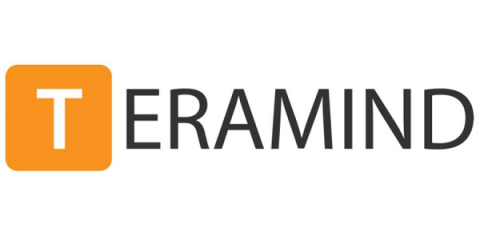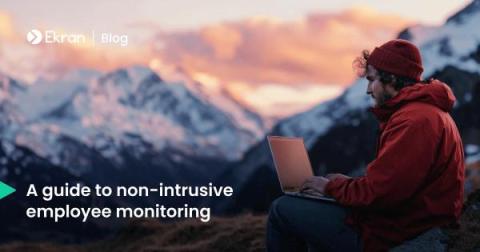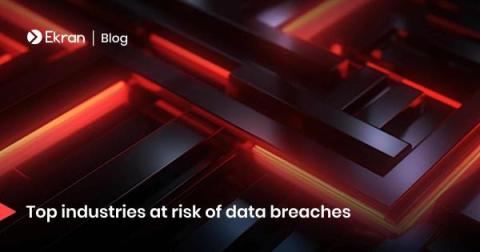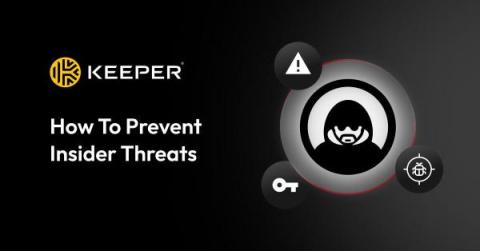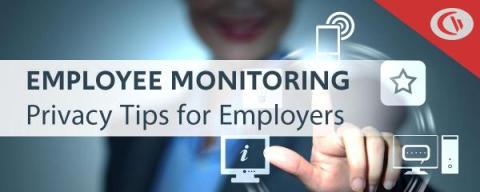Types of Insider Threats Risking Your Company's Security
Businesses face myriad cybersecurity risks, from phishing to unauthorized access of proprietary information. While restricting access rights and maintaining strict security measures can help, potential insider threats are always a risk. Organizations must effectively monitor for signs of insider threats to prevent financial loss or the compromise of critical assets.


